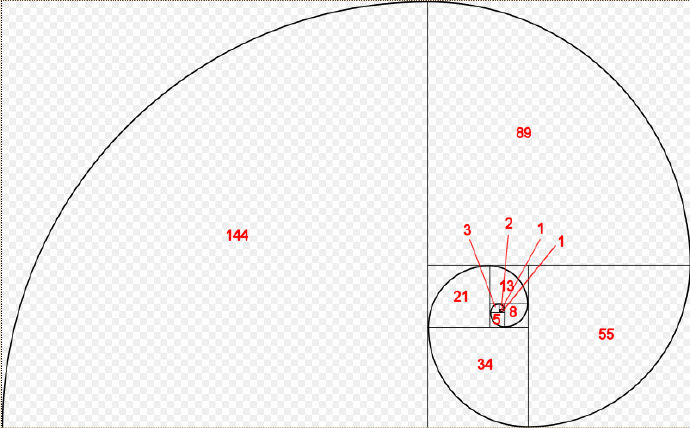Home >Backend Development >Python Tutorial >Example of how to implement Fibonacci sequence in python
Example of how to implement Fibonacci sequence in python
- 高洛峰Original
- 2017-01-14 16:48:122471browse
Introduction
Fibonacci sequence, also known as the golden section sequence, refers to such a sequence: 0, 1, 1, 2, 3, 5, 8, 13, 21,... in Mathematically, the Fibonacci sequence is defined recursively as follows:
F(0)=0, F(1)=1, F(n)=F(n-1)+F(n -2) (n≥2, n∈N*).

1. Tuple implementation
fibs = [0, 1] for i in range(8): fibs.append(fibs[-2] + fibs[-1])
This can get a list of Fibonacci numbers within the specified range.
2. Iterator implementation
class Fibs: def __init__(self): self.a = 0 self.b = 1 def next(self): self.a, self.b = self.b, self.a + self.b return self.a def __iter__(self): return self
This will get an infinite sequence, which can be accessed in the following way:
fibs = Fibs() for f in fibs: if f > 1000: print f break else: print f
3. Implementation through custom class
class Fib(object):
def __getitem__(self, n):
if isinstance(n, int):
a, b = 1, 1
for x in range(n):
a, b = b, a + b
return a
elif isinstance(n, slice):
start = n.start
stop = n.stop
a, b = 1, 1
L = []
for x in range(stop):
if x >= start:
L.append(a)
a, b = b, a + b
return L
else:
raise TypeError("Fib indices must be integers")In this way, you can get a data structure similar to a sequence, and you can access the data through subscripts:
f = Fib() print f[0:5] print f[:10]
4.Python implements a relatively simple Fibonacci sequence example
Put one first Take a look at the Fibonacci numbers...
0 1 1 2 3 5 8 13 21 34 55 89 144 233...
First assign values to the first two variables:
i, j = 0, 1
Of course, you can also write it like this:
i = 0 j = 1
Then set a range, just It’s ready within 10000:
while i < 10000:
Then output i in the while statement and design the logic:
print i, i, j = j, i+j
Need to pay attention here: "i, j = i, i+j" code It cannot be written as follows:
i = j j = i+j
If it is written like this, j is not the value of the addition of the first two digits, but the value of the addition of i and j that have been assigned values by j. In this case, the output sequence It will look like this:
0 1 2 4 8 16 32 64 128 256 512 1024 2048 4096 8192
The correct whole code looks like this:
i, j = 0, 1 while i < 10000: print i, i, j = j, i+j
Finally show the running results:
0 1 1 2 3 5 8 13 21 34 55 89 144 233 377 610 987 1597 2584 4181 6765
Summary
The above is all about using Python to implement the Fibonacci sequence. I hope the content of this article can be of some help to everyone's study or work. If you have any questions, you can leave a message to communicate.
For more examples of methods to implement Fibonacci sequence in python, please pay attention to the PHP Chinese website for related articles!

